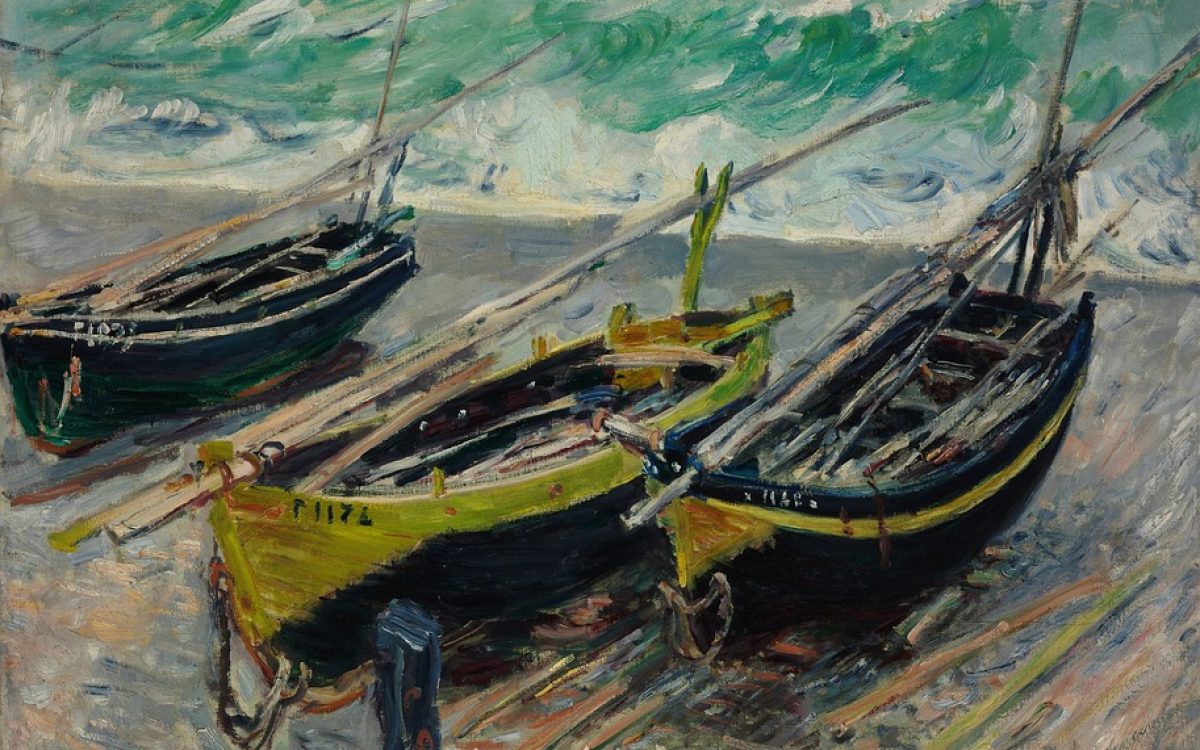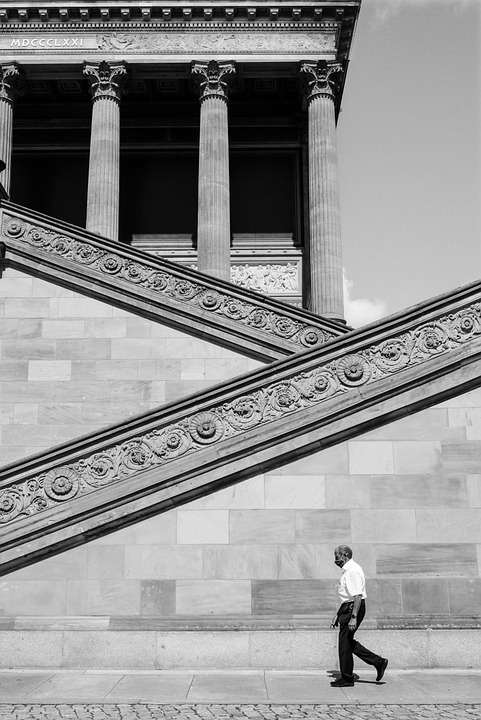Introduction
Claude Monet was a French painter and a leading figure in the Impressionist movement that transformed the world of art in the 19th century. His innovative techniques and unique use of color and light revolutionized the way artists approached their work.
The Early Years
Monet was born in Paris in 1840 and showed an early talent for art. He studied at the Académie Suisse and later enrolled in the studio of Charles Gleyre, where he met other aspiring artists who would become key figures in the Impressionist movement.
Key Achievements
- Monet is best known for his series of paintings of water lilies, haystacks, and the Rouen Cathedral.
- He was a master at capturing the effects of light and atmosphere in his paintings, creating works that were both realistic and abstract.
- Monet’s use of loose brushwork and bold colors broke away from the traditional techniques of the time and paved the way for modern art.
The Impressionist Movement
Monet was a founding member of the Impressionist movement, which aimed to capture the fleeting effects of light and color in everyday scenes. The Impressionists rejected the strict rules of academic painting and instead focused on capturing the essence of a moment.
Real-world Examples
One of Monet’s most famous paintings, “Impression, Sunrise,” was exhibited at the first Impressionist exhibition in 1874. The painting’s loose brushwork and hazy atmosphere captured the essence of a sunrise over the harbor at Le Havre.
Legacy
Monet’s influence on the world of art cannot be overstated. His innovative techniques and bold use of color continue to inspire artists to this day. His work has been exhibited in museums around the world and continues to be celebrated for its beauty and originality.
Statistics
According to The Art Institute of Chicago, Monet’s painting “Water Lilies” is one of the most popular and widely recognized works of art in the world, with millions of visitors flocking to see it each year.
Conclusion
Claude Monet was a true revolutionary in the world of art, pushing the boundaries of traditional painting and paving the way for modern art. His legacy continues to inspire artists and art lovers alike, and his work remains as fresh and innovative today as it was in his own time.
FAQ
Q: What were some of Monet’s most famous works?
A: Some of Monet’s most famous works include “Water Lilies,” “Impression, Sunrise,” and “Haystacks.”
Q: How did Monet’s use of color and light differ from traditional painting techniques?
A: Monet’s use of bold colors and loose brushwork created a sense of movement and atmosphere in his paintings that was revolutionary for the time.






